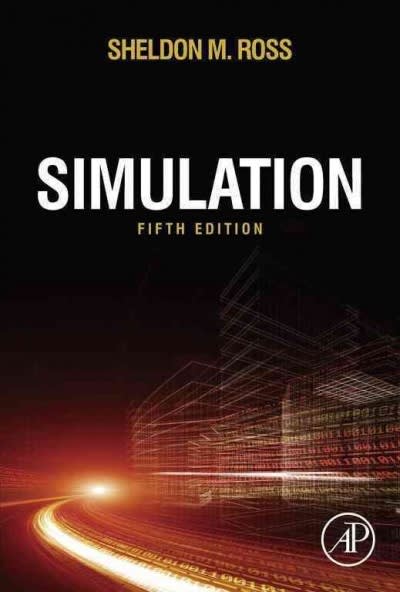Question
1. The abc conjecture states that there is a certain positive real number such that whenever a, b, c are natural numbers with c =
1. The abc conjecture states that there is a certain positive real number such that whenever a, b, c are natural numbers with c = a + b, all bigger than a certain k N, then c is no bigger than the rad(abc)1+. Here rad : N N is a certain function whose definition you don't have to worry about. A student attempts to formalize this conjecture in predicate logic as follows: (0, )(a, b, c) N^3k N(a > k b > k c > k c rad(abc)^1+.) There are exactly two errors in the student's formalization. Explain what they are and how to fix them.
2. (a) How many elements are in P({purdy, {purdy}}) {purdy, {purdy}}, where purdy is my anxious tabby cat? Explain why. (b) Suppose A and B are finite sets with cardinalities |A| = a and |B| = b, with b a. In terms of a and b, what are all the possibilities for |A B|? Show that all the possibilities you claim are possible, and that no other possibilities are possible.
Step by Step Solution
There are 3 Steps involved in it
Step: 1

Get Instant Access to Expert-Tailored Solutions
See step-by-step solutions with expert insights and AI powered tools for academic success
Step: 2

Step: 3

Ace Your Homework with AI
Get the answers you need in no time with our AI-driven, step-by-step assistance
Get Started


